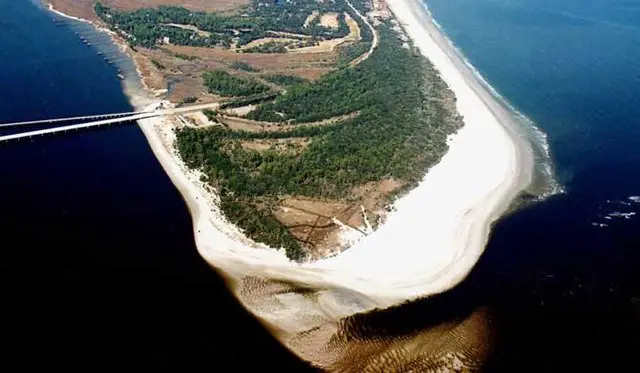
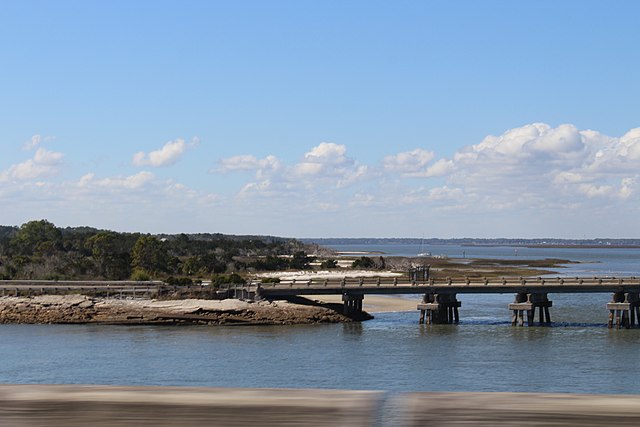

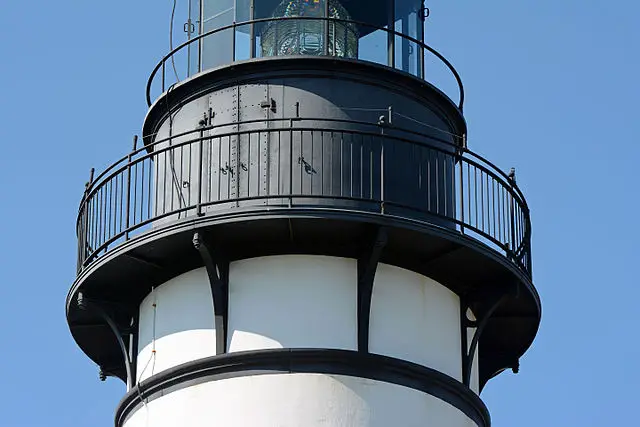

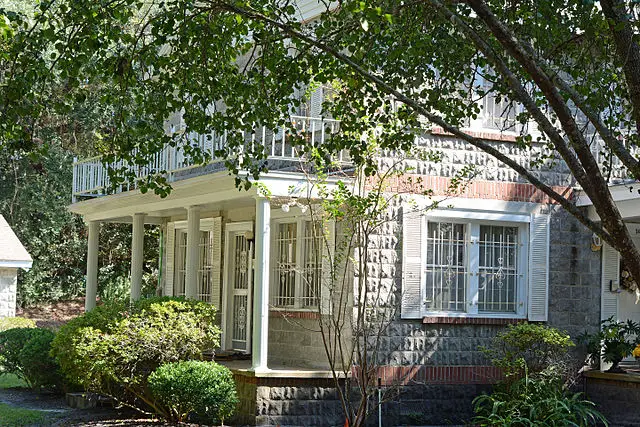
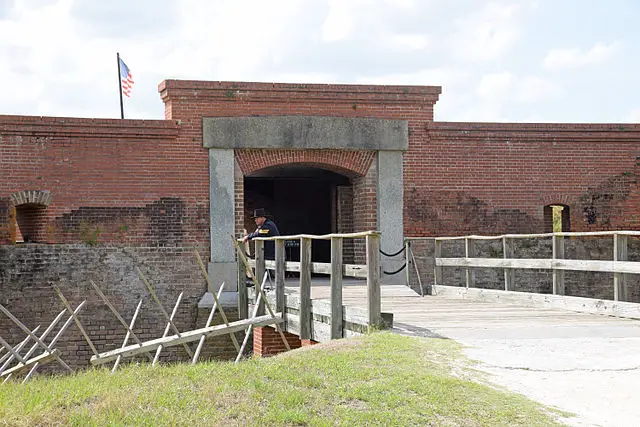
Amelia Island, located in the northeastern corner of Florida, is a picturesque barrier island known for its rich history, natural beauty, and charming small-town atmosphere. It’s a popular destination for tourists seeking a blend of relaxation, outdoor activities, and cultural experiences.
One of the key draws of Amelia Island is its deep historical roots. The island has seen occupations by various cultures, including the Timucua Indians, Spanish explorers, British settlers, and more. The town of Fernandina Beach, located on the northern end of the island, boasts a well-preserved historic district with Victorian-era architecture and a quaint, walkable downtown area. It’s an ideal place for history enthusiasts to explore.
The island is surrounded by over 13 miles of pristine, sandy beaches, making it a haven for beachgoers. Main Beach Park, located near Fernandina Beach, is a popular spot for families, offering amenities like playgrounds, picnic areas, and volleyball courts. For those seeking more seclusion, remote beaches like American Beach on the south end provide a quieter experience.
Amelia Island is a paradise for nature lovers. The island is home to numerous parks, nature reserves, and recreational areas. Fort Clinch State Park, occupying the northern tip of the island, is known for its well-preserved 19th-century fort, as well as hiking and biking trails that wind through maritime forests and along the shoreline.
Egan’s Creek Greenway is another natural gem, offering over 300 acres of pristine wetlands and uplands, ideal for birdwatching, hiking, and biking. The Amelia Island Trail, a 6.2-mile-long paved trail, provides a scenic route for cyclists, joggers, and walkers.
The island’s location along the Atlantic Coast makes it a haven for water-based activities. Kayaking and paddleboarding are popular in the calm waters of Egan’s Creek and the Amelia River. The Intracoastal Waterway, which borders the western side of the island, is a great spot for boating and fishing.
Amelia Island boasts a diverse culinary scene, with a range of restaurants offering everything from fresh seafood to international cuisine. The downtown area of Fernandina Beach is particularly known for its dining options. Visitors can enjoy waterfront dining, sample local oysters, or indulge in Southern comfort food.
Throughout the year, Amelia Island hosts a variety of events and festivals that draw both locals and visitors. The Isle of Eight Flags Shrimp Festival, held annually in May, is one of the island’s most popular events, featuring a parade, live music, arts and crafts vendors, and, of course, a celebration of shrimp.
Amelia Island offers a range of accommodations to suit different preferences and budgets. Visitors can choose from luxurious beachfront resorts, charming bed-and-breakfast inns, vacation rentals, and more.
Amelia Island is a gem on Florida’s northeastern coast, offering a perfect blend of history, natural beauty, and recreational opportunities. Whether you’re interested in exploring its rich history, enjoying its beautiful beaches, or indulging in its culinary delights,


Castillo de San Marcos, located in St. Augustine, Florida, is a historic fortress that stands as a testament to the enduring legacy of Spanish colonial influence in the United States. Constructed over several decades in the late 17th century, it is the oldest masonry fort in the continental United States. This imposing structure is not only an architectural marvel but also a symbol of the strategic importance of St. Augustine during periods of colonial conflict.
The fort’s construction began in 1672, using coquina, a locally quarried sedimentary rock composed primarily of crushed shells. This unique building material proved to be remarkably durable and contributed significantly to the fort’s ability to withstand cannon fire. The walls of Castillo de San Marcos are an impressive 33 feet high and boast a thickness ranging from 9 to 12 feet. The layout is in the shape of a star, a design known as a bastion fortification, which allowed for greater defensive capabilities.
Throughout its history, the fort played a crucial role in various conflicts and changing hands several times. It was originally built by the Spanish to protect their interests in the region, including St. Augustine, which was the capital of Spanish Florida. Over the years, it withstood attacks from British forces, and control of the fort shifted between the Spanish and the British several times.
In 1763, as a result of the Treaty of Paris that ended the Seven Years’ War, Florida was ceded to the British, and Castillo de San Marcos was renamed Fort St. Mark. Under British control, the fort underwent various modifications, including the addition of a moat and an outer wall. However, when Florida was returned to Spanish control in 1784, the fort reverted to its original name and design.
During the early 19th century, the fort underwent further transformations as the United States acquired Florida from Spain. It was renamed Fort Marion in honor of General Francis Marion, a hero of the American Revolution. The U.S. Army occupied the fort, using it primarily as a military prison for Native American leaders, including Osceola, during the Seminole Wars.
In 1942, the fort was designated a national monument, and its name was changed back to Castillo de San Marcos to reflect its historical significance as a Spanish colonial fort. Today, it is administered by the National Park Service and stands as a premier historic site, drawing visitors from around the world.
Tourists visiting Castillo de San Marcos can explore its well-preserved grounds and take in the impressive architecture. The fort’s interior features various rooms and chambers, including a chapel, gun rooms, and living quarters, which have been restored to provide a glimpse into daily life during the colonial period. Visitors can also view a variety of exhibits and displays that provide historical context and artifacts related to the fort’s history.
One of the most striking features of the fort is the extensive views it offers of Matanzas Bay and the surrounding area. The top of the walls provides a panoramic vantage point, allowing visitors to appreciate the strategic location chosen by the Spanish for the fort’s construction.
Throughout the year, Castillo de San Marcos hosts various events and reenactments that bring history to life. These include cannon firings, musket demonstrations, and period-specific living history presentations, providing visitors with an immersive experience of life at the fort during different historical periods.
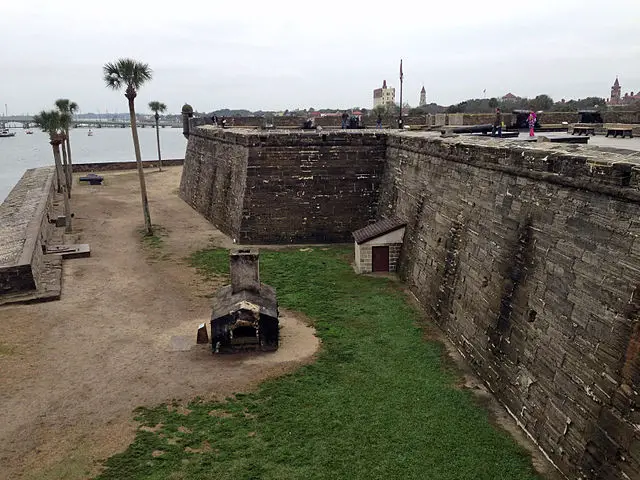





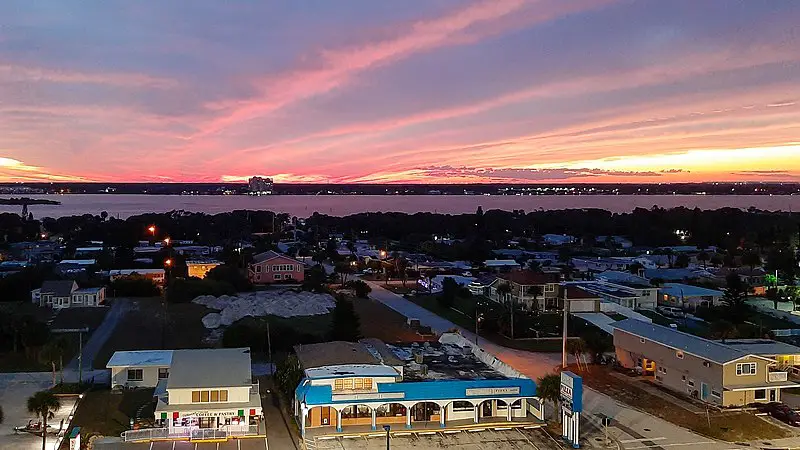
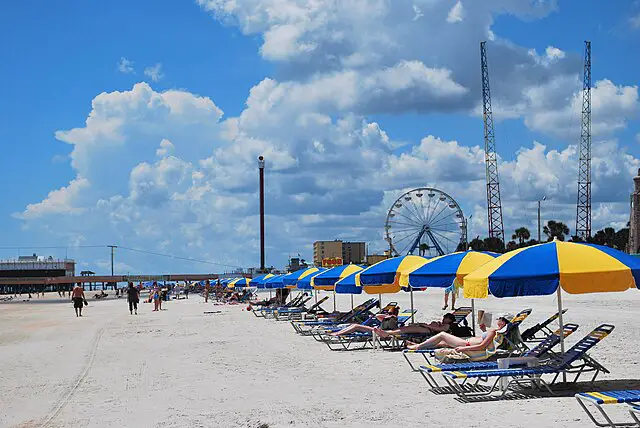
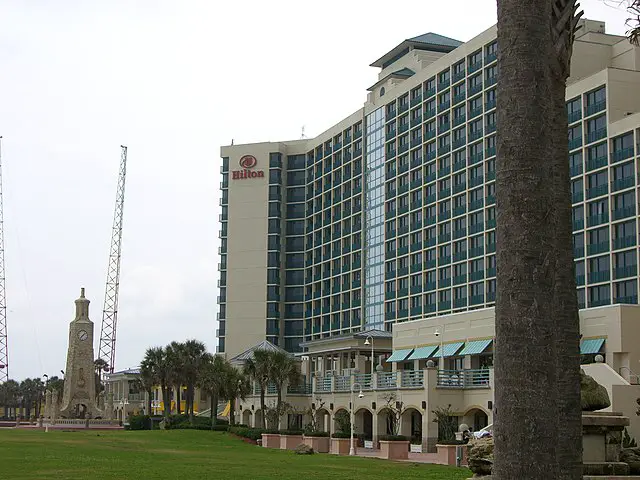
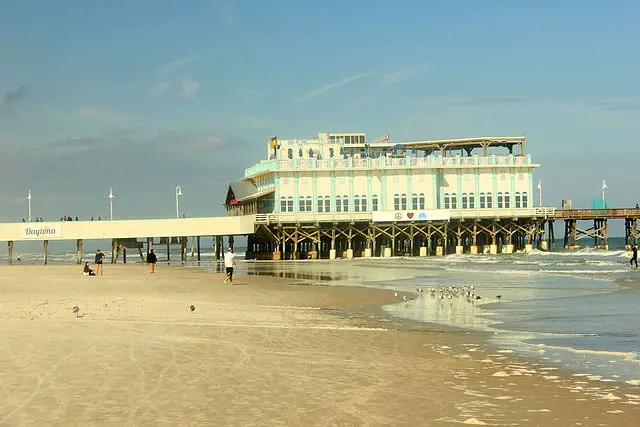
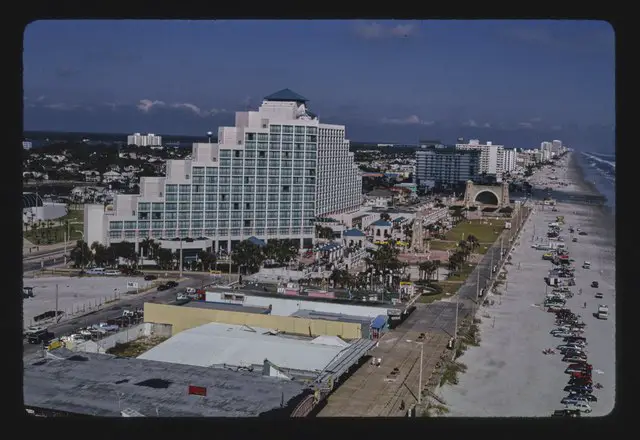
Daytona Beach, located on the eastern coast of Florida, is a world-renowned destination known for its expansive beaches, vibrant atmosphere, and rich cultural offerings. This coastal city is synonymous with sun, sand, and fun, making it a popular destination for travelers seeking a mix of relaxation, outdoor activities, and entertainment.
The most prominent feature of Daytona Beach is its wide, hard-packed sandy shoreline that stretches for approximately 23 miles along the Atlantic Ocean. This unique feature has earned the city its nickname, “The World’s Most Famous Beach.” The hard-packed sand provides an ideal surface for various activities, including beachcombing, sunbathing, sandcastle building, and beach volleyball. The gentle slope of the beach into the ocean also makes it an excellent spot for swimming.
One of the most iconic sights in Daytona Beach is the Daytona Beach Pier, also known as the Main Street Pier. It extends over the ocean and offers breathtaking views of the coastline. The pier is not only a popular spot for sightseeing, but it also features a variety of restaurants, shops, and amusements. Visitors can take leisurely strolls, enjoy a meal with a view, or even try their hand at fishing.
Daytona Beach is also renowned for its association with motorsports. The Daytona International Speedway, located just a few miles from the beach, is a mecca for racing enthusiasts. The speedway hosts major events like the Daytona 500, which is considered one of the most prestigious races in NASCAR. Visitors can tour the Speedway and even experience the thrill of riding in a race car around the track.
For those interested in the history of motorsports, the Motorsports Hall of Fame of America, located at the Daytona International Speedway, showcases the achievements and contributions of legends in various forms of motorsports, including racing drivers, motorcycle racers, and aviation pioneers.
Beyond the beach and motorsports, Daytona Beach offers a range of cultural and recreational activities. The Museum of Arts and Sciences is a notable cultural institution that features a diverse collection of art, science exhibits, and a planetarium. The museum is a great place for families and individuals alike to explore and learn.
The Halifax Historical Museum is another gem for history enthusiasts. It offers a comprehensive look at the history of the Daytona Beach area, from its Native American roots to its role in the early days of automobile racing.
